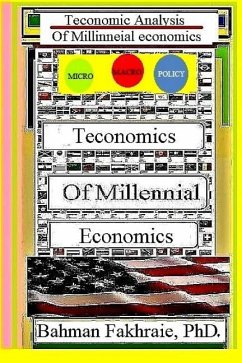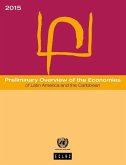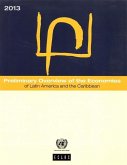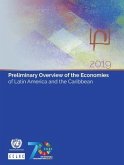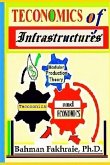ABSTRACT This research is an accumulation of many years of analytical empiricism and academic studies in economic fields. The focus in national wealth creation does not advance the trite none-innovative, formulaic approaches of personal greed, hubris, profiteering. It present national mass dynamic wealth creation by job creation, livable wages, and positive rates of circularity of money for majority of nations, which supports economic growth in both arenas of national demand and supply, government and private sectors of the same economies. These are not mutually exclusive processes subject to partisans' entertainment, but they are balancing, and yes, dynamically balancing and punishingly recursive equations. A better strategic development path will contain these new production factors, and production functions, which will meet three fundamental conditions. Lemma 1, is it necessary? Lemma 2, is it sufficient? Lemma 3, is it sustainable? Since the advancement of the second-best theorem, in complex optimization formulation in welfare economic theory, this part of authors' prominent studies advances the economic science toward sustainability condition. Economies do make comebacks and get through bad times, since they function with dynamic cyclical fluctuation, and if reparatory real disposable income redistributive adjustments through employments, are not replaced with regulatory wealth-concentrations, inadvertently or mischievously. However, it is important that one shift understand they are working on the same construction of the same building, and both shifts have to do their job of maintenance perfectly and without subterfuges, in order to be reemployed for the next jobs dynamically.
Hinweis: Dieser Artikel kann nur an eine deutsche Lieferadresse ausgeliefert werden.
Hinweis: Dieser Artikel kann nur an eine deutsche Lieferadresse ausgeliefert werden.

